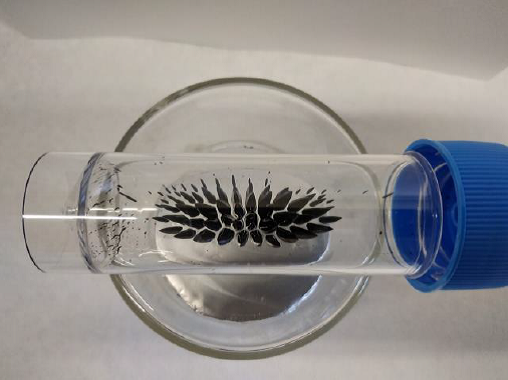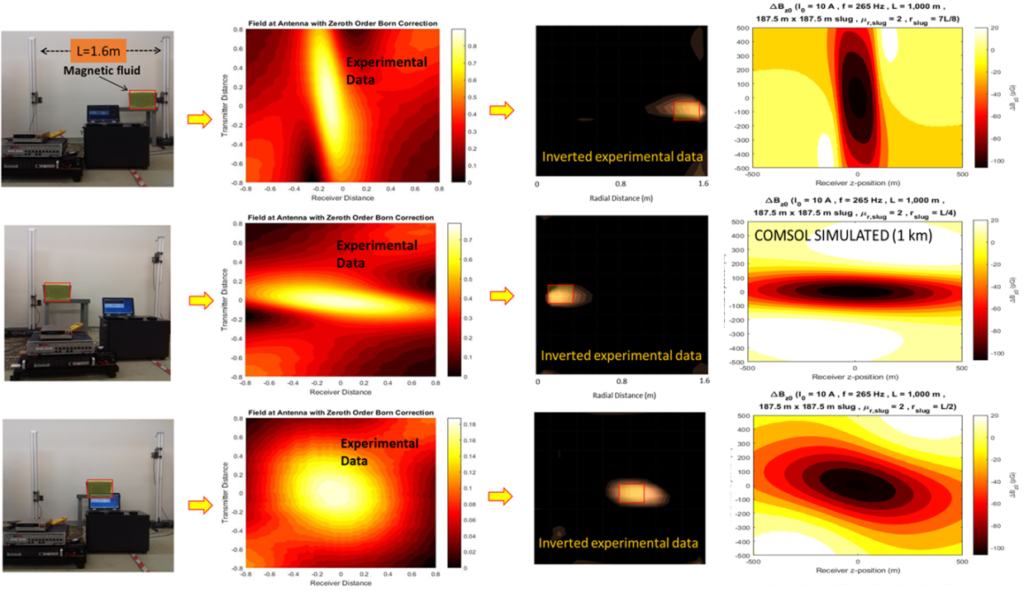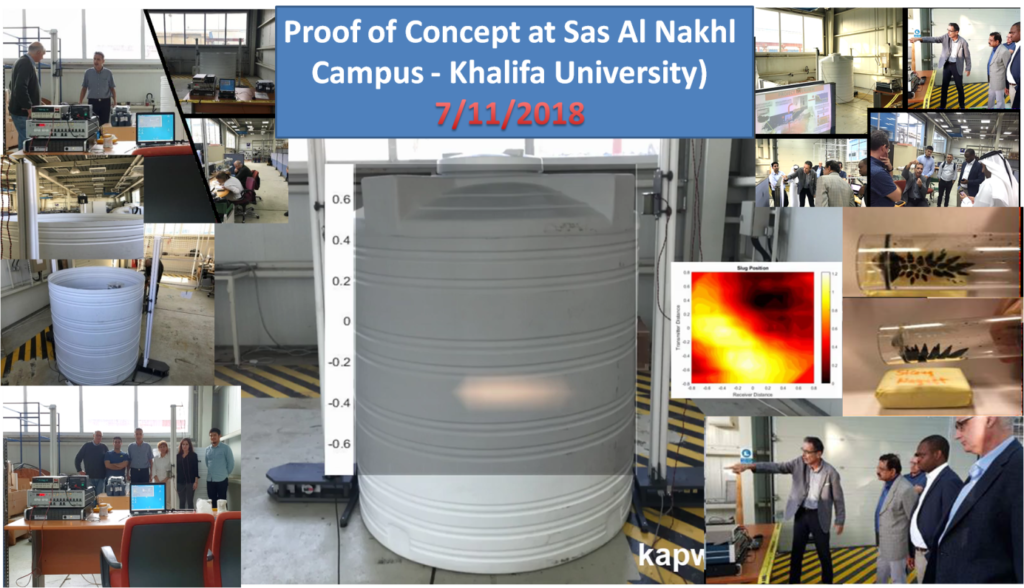Magnetic Nanoparticles (MNPs) for reservoir characterization

LEADER:
Georgios Papavassiliou
START DATE:
01/07/2015
LATE DATE:
31/12/2018
FUNDING SOURCE:
The Petroleum Institute on behalf of the ADNOC's OSC sub-committee



